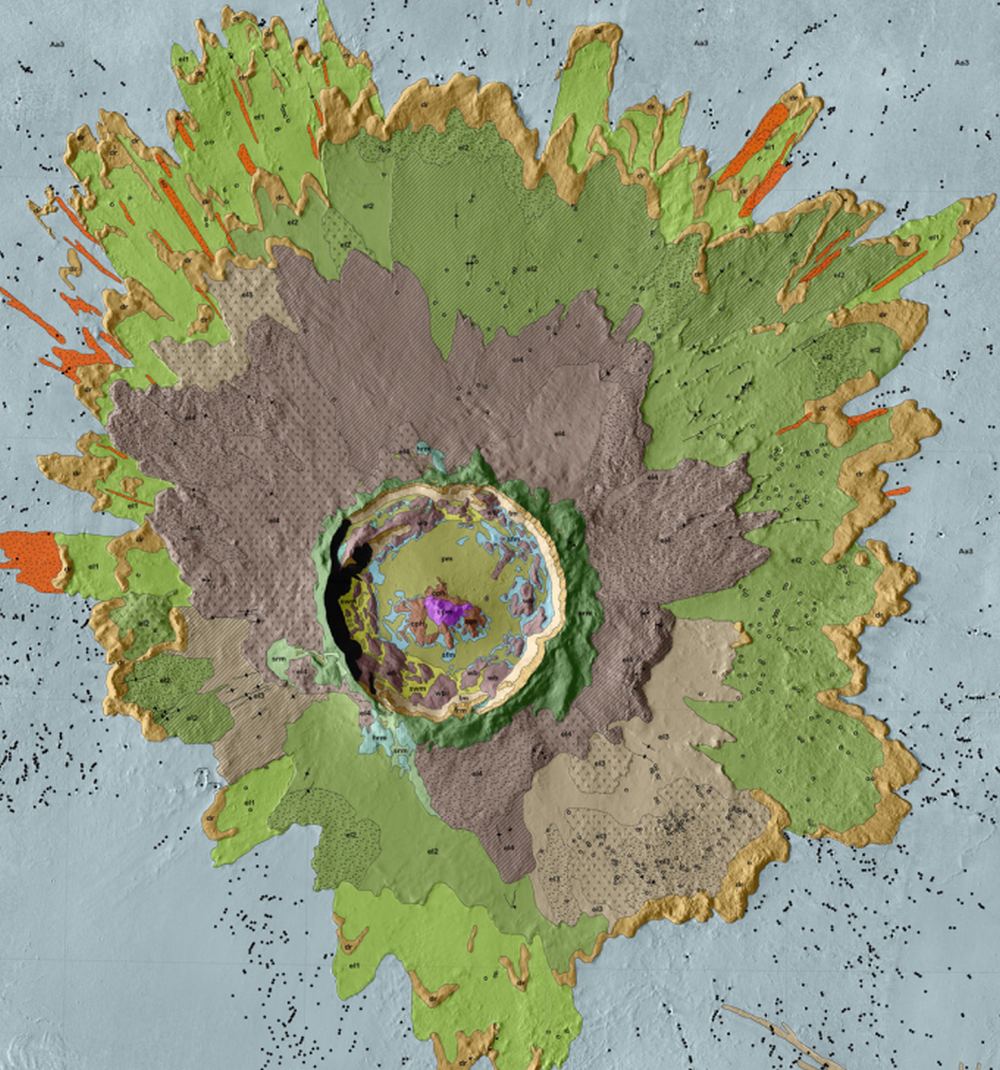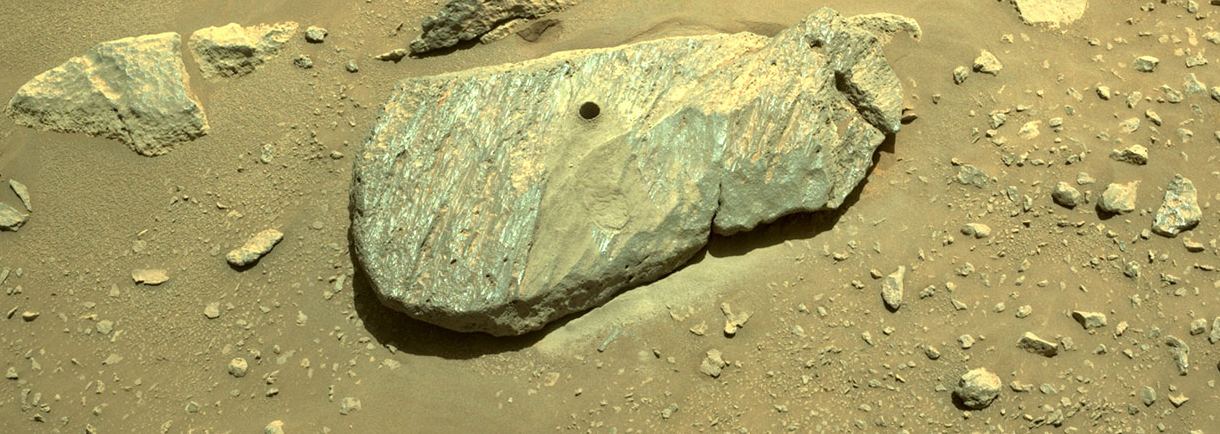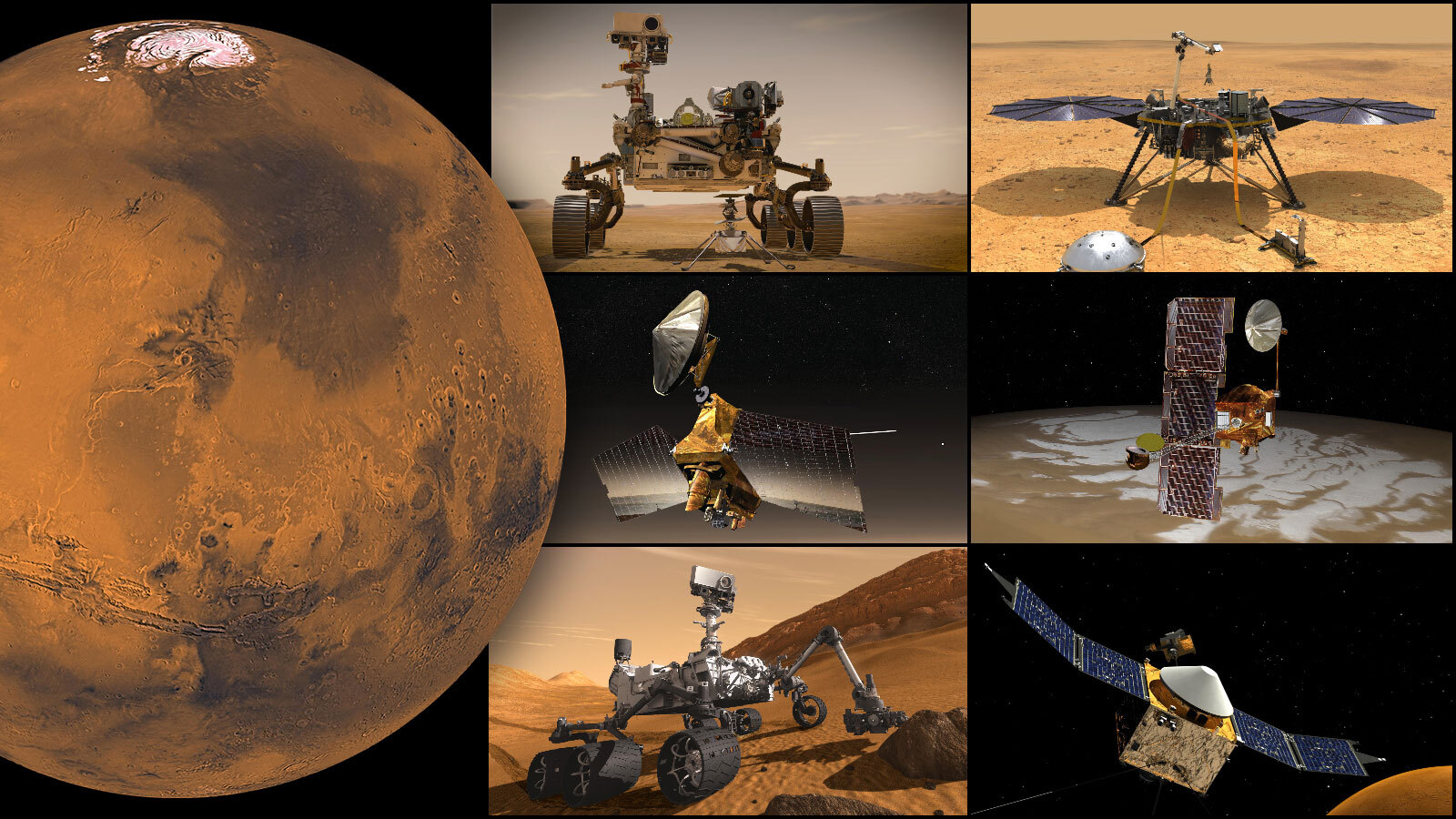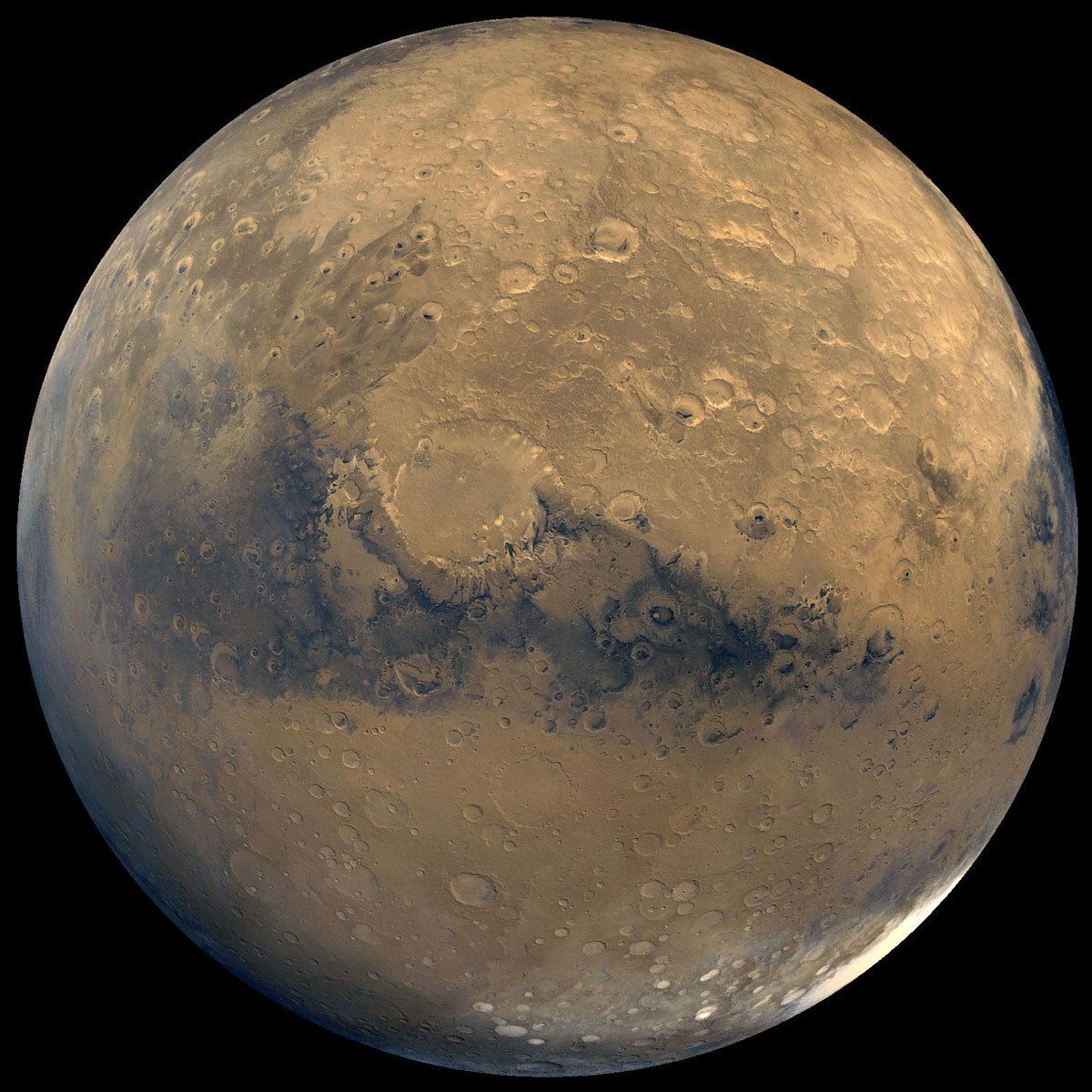Mars is still quite mysterious, despite all we’ve learned about the planet in recent years. We still have a lot to learn about its interior and surface evolution and how changes affected the planet’s history and habitability. Fortunately, an impact on the red planet sent clues to Earth in the form of meteorites.
The geological information contained in these meteorites would be even more valuable if we knew exactly where they came from. A team of researchers say they’ve figured it out.
Continue reading “We Now Know Exactly Which Crater the Martian Meteorites Came From”








